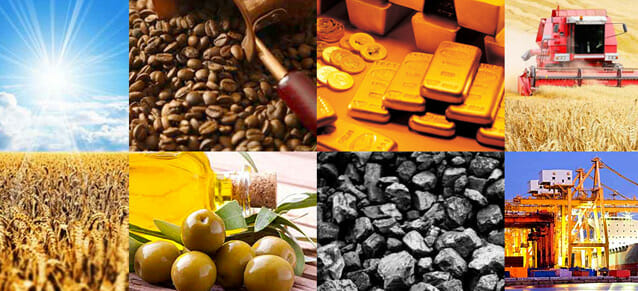Amidst jittery market sentiment, money are being poured into exchange-traded funds (ETFs) tied to defensive plays, seeking certainty in a market that continues to be whipsawed by anxieties and concerns over rising interest rates.
According to Morningstar data through April, net inflows into defensive ETFs —or those related to the consumer staples, healthcare, utilities and real-estate sectors, precious metals, commodities—have totaled $50 billion this year.
This year, the global stock markets have been haunted by the persistent inflationary pressure, geopolitical turmoil and worries about a potential recession, case in point S&P 500 down 13% this year. While, Nasdaq Composite Index has fallen even lower by 22%.
The consumer staples, healthcare, utilities and real-estate sectors are traditionally considered as defensive plays because consumers tend to pay for food, hospital bills, electricity and rent before discretionary purchases. Hence, ETFs in the consumer staples and healthcare groups have seen some of the biggest inflows of late.
The Consumer Staples Select Sector SPDR ETF, which tracks shares of 34 companies in industries from tobacco to food and beverage, recorded $1.25 billion in net inflows in April, the most since January. While, the Health Care Select Sector SPDR ETF registered $1.7 billion in inflows in April, the most since July 2021. The Utilities Select Sector SPDR ETF had $923 million in net flows last month and the Real Estate Select Sector SPDR ETF received $306 million. Those inflows were the most since January 2022 and December 2021, respectively.
Last Wednesday The Federal Reserve of US approved the largest interest rate hike in 2 decades — 50 basis point and a plan to shrink its $9 trillion asset portfolio as officials kicked into higher gear a campaign to slow four-decade highs in inflation.
Investment houses have been recommending sectors of the market like consumer staples, healthcare stocks and real-estate investment trusts to investors this year as a hedge against a global growth slowdown or an aggressive Fed.
The war between Russia-Ukraine has caused commodities to hit new highs this year. With inflationary pressure very likely to remain elevated, some investors are turning to commodities-focused funds.
Commodities tend to rise alongside inflation and serve as a hedge against declines in the other assets in a portfolio. The Invesco DB Commodity Index Tracking Fund has jumped 36%. This ETF holds commodities futures in energy, precious metals, industrial metals and agriculture sectors categories. The ETF that tracks gold as a commodity, The VanEck Gold Miners ETF has risen 6.8% this year and received $432 million in highest net flows in April.









